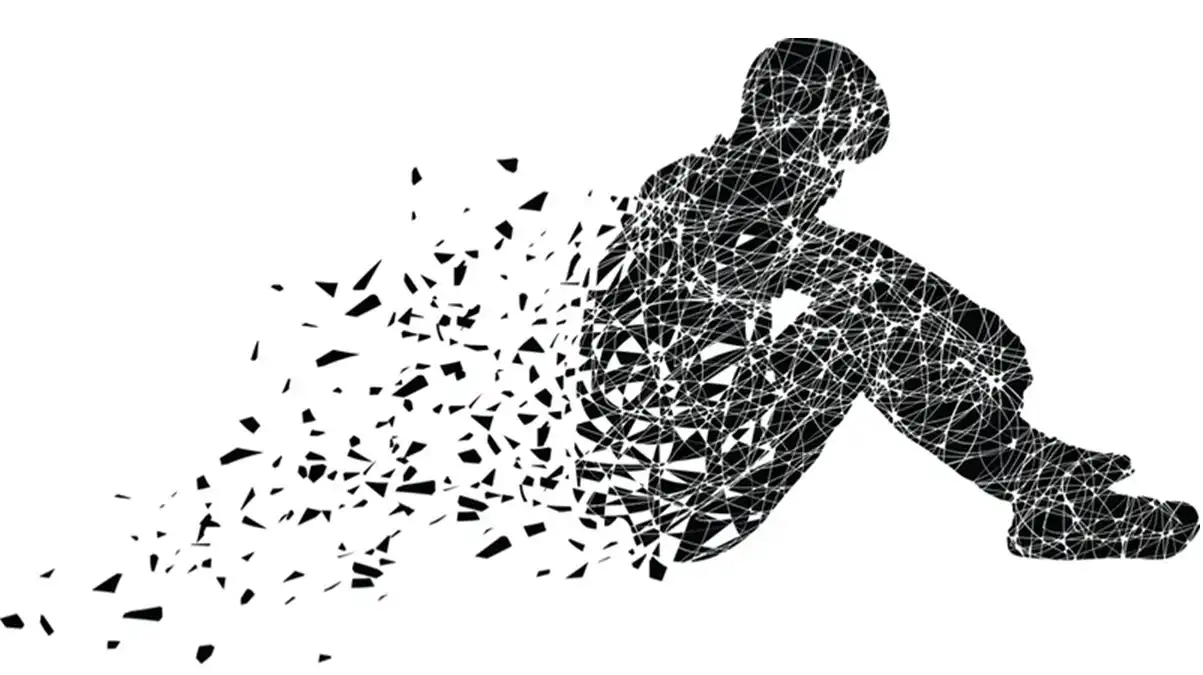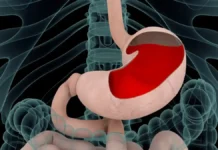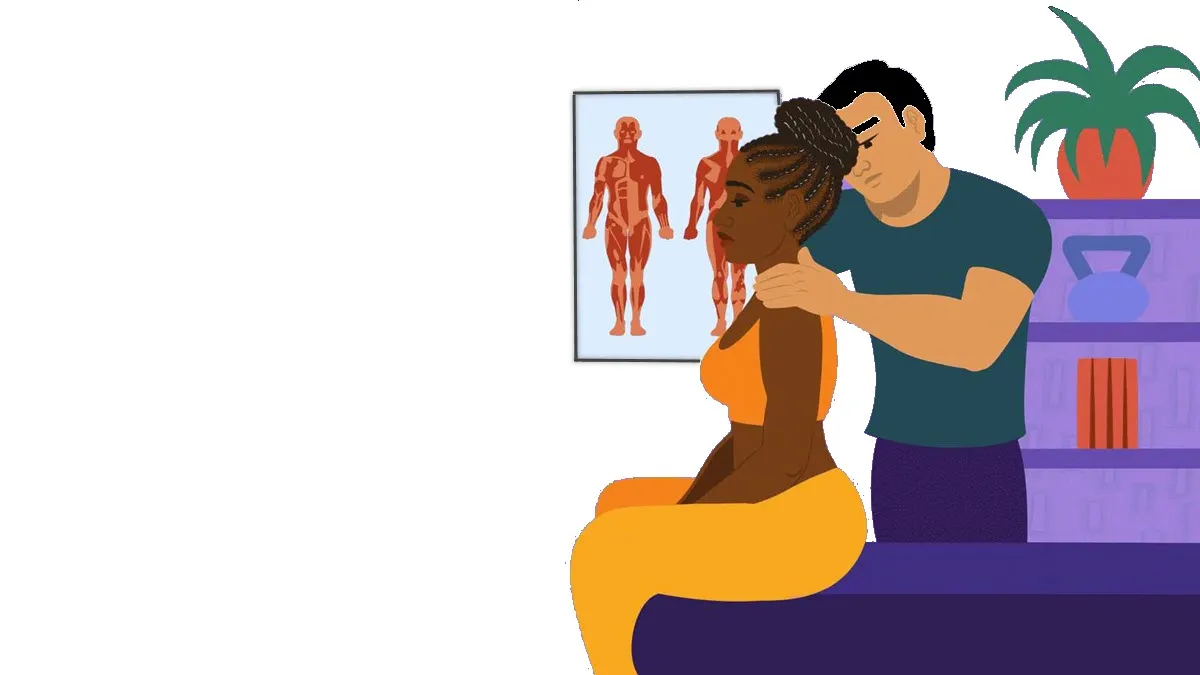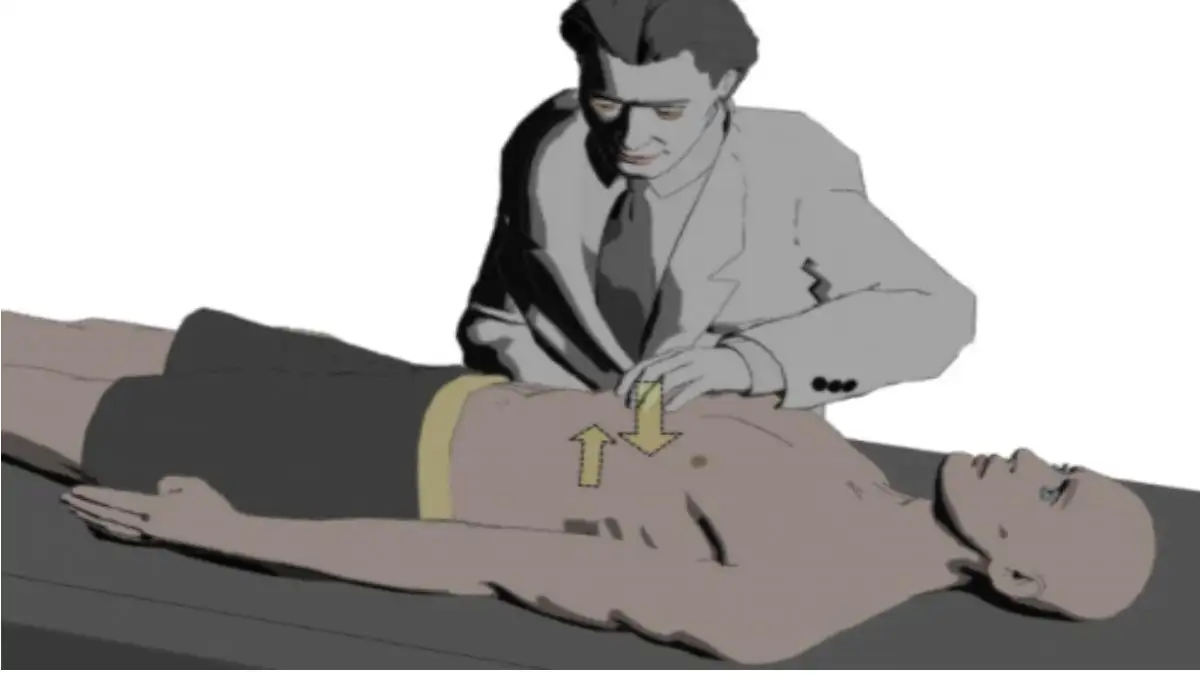Introduction
Depression, a pervasive and intricate facet of modern existence, instigates an incessant quest for remedies that extend beyond conventional treatments. Osteopathy, an all-encompassing healthcare methodology centered on attaining structural and functional equilibrium within the body, is now unfolding as a captivating alternative for grappling with depression. This comprehensive exploration delves into the intricate interplay between osteopathy and depression, harnessing insights from scientific investigations and clinical trials to unravel the ways in which this discipline may significantly contribute to mental health and holistic well-being.
The foundational principle of osteopathy lies in recognizing the interconnectedness of the body’s structure and function, considering it as an integrated system where each component influences the others. As depression often manifests not only as a mental but also a physical ailment, the holistic approach of osteopathy appears promising. Research endeavors and clinical observations are progressively illuminating the potential benefits of osteopathic interventions in alleviating depressive symptoms, paving the way for a nuanced understanding of the mind-body connection.
Scientific studies have begun to unveil the tangible impacts of osteopathic manipulative treatment (OMT) on individuals grappling with depression. OMT, a hands-on approach employed by osteopaths, involves gentle and targeted manipulation of the musculoskeletal system to enhance mobility, relieve tension, and stimulate the body’s natural healing mechanisms. The intricate network of nerves, muscles, and bones appears to play a pivotal role in influencing emotional well-being, with OMT showcasing potential in modulating this intricate interplay.
Moreover, osteopathy’s emphasis on fostering overall body balance aligns with the idea that physical harmony contributes to mental equilibrium. By addressing structural imbalances and enhancing circulation, OMT may impact neurotransmitter levels and neuroendocrine function, pivotal factors implicated in depression. This holistic perspective not only treats symptoms but endeavors to unearth and address the root causes of depressive states, marking a departure from conventional treatments that often focus solely on symptom management.
As the synergy between osteopathy and mental health gains recognition, collaborative efforts between osteopaths and mental health professionals are emerging. Integrative approaches that combine osteopathic care with conventional therapeutic modalities present a multifaceted strategy for individuals navigating the complexities of depression. This evolving landscape underscores the potential of osteopathy to extend its healing touch beyond the physical realm, delving into the intricate realms of mental and emotional well-being. In an era where the quest for holistic and personalized healthcare solutions intensifies, osteopathy stands at the intersection of ancient wisdom and modern understanding, offering a promising avenue for those seeking comprehensive approaches to address the multifaceted challenges of depression.
Understanding Depression: A Multidimensional Challenge
Depression, frequently depicted as a complex ailment with multifaceted origins encompassing biological, psychological, and social dimensions, has been extensively explored in studies such as the notable work by Belmaker and Agam (2008) published in “The New England Journal of Medicine.” This research underscores the intricate involvement of diverse neurotransmitters and neurobiological processes in the intricate web of depression’s development. The conventional paradigm for addressing depression predominantly relies on a combination of pharmacological interventions, cognitive behavioral therapies, and various psychosocial strategies. However, the advent of osteopathy as a complementary therapeutic approach introduces a compelling dimension, prompting contemplation on the prospect of physical interventions exerting a positive impact on mental well-being. This paradigm shift encourages a more holistic consideration of the interconnectedness between the body and mind, challenging the traditional dichotomy between physical and mental health treatments. As the landscape of mental health care evolves, the exploration of osteopathy’s potential as an adjunct to conventional approaches adds a layer of complexity to our understanding of effective strategies for addressing the multifaceted nature of depression.
Osteopathy and Nervous System: A Crucial Interaction
Osteopathy, rooted in the fundamental principle of the interconnectedness between the structure and function of the body, places a particular emphasis on the pivotal role of the nervous system in governing this intricate relationship. A study conducted by Chaitow and DeLany (2008), published in the “Journal of Bodywork and Movement Therapies,” delves into the impact of osteopathic manipulations on the nervous system, shedding light on the remarkable ability of these interventions to influence the body’s neurological responses.
The study unveils a fascinating correlation between structural imbalances and disturbances in the nervous system, emphasizing that limitations in the mobility of crucial anatomical components such as the skull, spine, or pelvis could potentially contribute to neurological dysfunctions. Osteopathy, through its hands-on manipulative techniques, aims to address these structural discrepancies with the ultimate goal of reinstating homeostasis. By rectifying physical dysfunctions, osteopathy strives to create an internal environment conducive to mental well-being.
This approach aligns with the holistic philosophy of osteopathy, acknowledging that the body operates as an integrated system where disruptions in one aspect can reverberate throughout the entire organism. The nervous system, as a central command hub, becomes a focal point for osteopathic interventions seeking to enhance overall physiological harmony. As osteopathy intervenes to alleviate structural imbalances and enhance mobility, it aspires to foster an optimal physiological state that not only benefits the body but extends its positive influence to mental health.
In essence, the study underscores the intricate relationship between the body’s structural integrity and the functioning of the nervous system. Osteopathy, through its nuanced understanding of this connection, emerges as a modality that not only addresses physical ailments but also holds the potential to contribute positively to mental well-being. As the field continues to explore the nuanced interplay between structural interventions and neurological responses, osteopathy stands as a holistic approach, intertwining the realms of anatomy, physiology, and mental health in the pursuit of comprehensive well-being.
Physical and Emotional Stress: A Unified Approach
Stress, whether stemming from physical strain or emotional challenges, frequently serves as a prominent catalyst for the onset of depression. A study conducted by Gatchel et al. (2007), featured in “The Journal of Pain,” delves into the intricate relationship between physical stress, muscle tension, and mental health. The findings of the study propose that effectively managing physical stress can wield substantial influence in both the prevention and treatment of mental disorders.
Osteopathy, through its focus on alleviating muscular tension and enhancing overall body mobility, emerges as a comprehensive approach that addresses the interconnected nature of physical and emotional stressors. By honing in on specific areas of tension associated with past or present emotional experiences, osteopathy aims to untangle stagnated energies within the body and reinstate emotional equilibrium.
This holistic perspective recognizes the symbiotic relationship between the physical and emotional realms, acknowledging that experiences of stress are not confined to either dimension in isolation. Osteopathy becomes a unified therapeutic strategy, targeting both the physical manifestations of stress and their emotional underpinnings. Through manipulative techniques that release tension and enhance mobility, osteopathy aspires to create an environment where the body can effectively cope with stressors, fostering resilience against the development or exacerbation of mental health challenges.
In essence, osteopathy’s role in managing physical stress resonates as a vital component in the broader spectrum of mental health care. By offering a unified approach to both physical and emotional well-being, osteopathy presents itself as a modality that not only addresses symptoms but strives to cultivate a harmonious equilibrium within the intricate interplay of the body and mind. As research continues to underscore the significance of managing stress for mental health, osteopathy stands as a modality that embraces this holistic perspective, contributing to the nuanced and interconnected landscape of stress management and emotional well-being.
Well-Being Hormones: The influence of Osteopathy
Hormonal balance is a crucial part of mental well-being. Studies, such as that conducted by Rapaport et al. (2010) published in the “Journal of Nervous and Mental Disease”, explore the effects of osteopathic manipulations on levels of cortisol, the stress hormone. The results indicate a significant decrease in cortisol levels after osteopathy sessions, suggesting a regulatory effect on the endocrine system.
This hormonal regulation may have important implications in the context of depression, where hormonal imbalances are frequently observed. Osteopathy, by acting on the autonomic nervous system, contributes to the balancing of well-being hormones, thus offering a complementary approach for people suffering from depressive disorders.
Brain Connections and Osteopathy
Recent studies in neuroscience have brought to light the profound impact that physical manipulations, particularly through osteopathic techniques, can have on brain connections. A study conducted by Bialosky et al. (2009), featured in “Pain Medicine,” delves into the intricate relationship between osteopathic interventions and the brain’s processing of pain. The findings of this research not only indicate the potential of osteopathy to modulate pain perception but also suggest beneficial effects on brain processes associated with mood regulation.
These discoveries offer a compelling glimpse into how osteopathy might influence the neural circuits implicated in depression. While further research is imperative to comprehensively grasp the underlying mechanisms, these advancements underscore the potential of osteopathy as a complementary therapeutic approach in the realm of mental health. The ability of osteopathic techniques to not only address physical symptoms but also impact the neural processes intertwined with mood regulation presents a holistic perspective on the potential applications of osteopathy in mental health care.
The integration of osteopathy into the treatment landscape of mental disorders opens intriguing possibilities for a more comprehensive and interconnected approach. As research endeavors continue to unveil the intricate ways in which physical interventions can influence brain function, osteopathy emerges as a modality that, through its hands-on techniques, may contribute positively to the complex tapestry of mood regulation and mental well-being. In an era where holistic and integrative approaches to mental health are gaining prominence, these findings position osteopathy as a modality with the potential to offer nuanced and complementary contributions to the treatment of mental disorders.
Conclusion
Osteopathy, characterized by its holistic approach centered around the intricate interplay of body structure and function, presents an innovative perspective in the realm of addressing depression. Supported by scientific references, as outlined in this article, the evidence suggests that osteopathic manipulations hold the potential for positive effects on the nervous system, the release of feel-good hormones, and even the brain connections associated with depression.
It’s essential to underscore that osteopathy does not seek to replace conventional treatments for depression; instead, it serves as a valuable complement to them. By seamlessly integrating physical approaches into a comprehensive treatment plan, osteopathy emerges as a promising option for individuals seeking to enhance their mental well-being in a holistic manner.
The connection between osteopathy and depression is firmly grounded in robust scientific foundations. These references bolster the notion that osteopathy can play a pivotal role in addressing the physical and neurobiological aspects linked to depression. However, a collaborative approach is crucial, necessitating coordination with mental health professionals to develop a customized and comprehensive treatment plan tailored to the unique needs of each individual. This synergy between osteopathy and conventional mental health treatments reflects a nuanced and integrative strategy, acknowledging the multifaceted nature of depression and the importance of addressing both physical and mental dimensions in tandem.
References
- Belmaker, R.H., Agam, G. (2008). Major Depressive Disorder. The New England Journal of Medicine, 358(1), 55–68.
- Chaitow, L., DeLany, J. (2008). Clinical Application of Neuromuscular Techniques: Volume 2 – The Lower Body. Journal of Bodywork and Movement Therapies, 12(3), 268–269.
- Gatchel, RJ, Peng, YB, Peters, ML, Fuchs, PN, Turk, DC (2007). The Biopsychosocial Approach to Chronic Pain: Scientific Advances and Future Directions. The Psychological Bulletin, 133(4), 581–624.
- Rapaport, M.H., Schettler, P., Bresee, C. (2010). A Preliminary Study of the Effects of a Single Session of Swedish Massage on Hypothalamic–Pituitary–Adrenal and Immune Function in Normal Individuals. The Journal of Alternative and Complementary Medicine, 16(10), 1079–1088.
- Bialosky, JE, Bishop, MD, Robinson, ME, Zeppieri, G. Jr, George, SZ (2009). Spinal Manipulative Therapy has an Immediate Effect on Thermal Pain Sensitivity in People with Low Back Pain: A Randomized Controlled Trial. Physical Therapy, 89(12), 1292–1303.






















